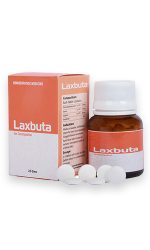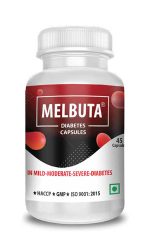Mentors: Dr. Carolina Camargo de Oliveira and Dr. Edvaldo Da Silva Trindade
https://acervodigital.ufpr.br/handle/1884/44991
Melanoma comprises the leading cause of death from skin cancer, especially because it is highly refractory to existing therapies. Tumor cells exhibit somatic mutations responsible for constitutive activation of signaling pathways that would normally be activated by the interaction of growth factors with their receptors. Once active in melanoma cells, these pathways lead to continued cells proliferation and, therefore, the disease progression by promoting cell death scape, oncogene expression, cell survival, invasiveness, angiogenesis and metastasis. Moreover, these cells present changes in several adhesion molecules to other cells and to the extracellular matrix that contributes to their aggressive and invasive phenotype. Cancer cells, despite their phenotypic characteristics acquired by genetic and epigenetic alterations, do not act alone in the development of the disease. Cancer-associated fibroblasts are involved in all the processes leading to physiological changes that allow cancer cells to become malignant, such as the production of extracellular matrix molecules, and its remodeling, providing survival signals, and promoting cancer cells invasion and proliferation.
Our research group has obtained interesting in vitro and in vivo results with highly diluted natural complexes, as the M8, particularly in melanoma studies. As demonstrated previously, it was believed that the antitumor effects of homeopathic medicines were due only to the activation of the immune system, and there is strong evidence that this activation is one of the mechanisms responsible for the antitumor result. Another hypothesis recently raised was that could act on the process of formation of new blood vessels, leading to indirectly to the reduction of tumor growth due to nutrient shortage and oxygenation. However, we now know that these compounds can also act directly on cancer cells, which could make the treatment even more efficient to achieve them directly, in addition to stimulating the body itself to fight them.
E-cadherin is a cell-cell adhesion molecule present in most normal epithelial cells that acts as a tumor suppressor inhibiting invasion and metastasis. The communication intercellular is driven by complex and dynamic networks of adhesion molecules, cytokines, chemokines, growth factors and inflammatory enzymes and remodeling of the extracellular matrix. It is known that the interaction of Hyaluronic Acid with CD44 – the main receptor for this molecule – present on the surface of tumor cells triggers signals to several important processes for the progression of melanoma, including stimulating the Migration. Inhibition of CD44 binding to hyaluronic acid is capable of reduce the formation of metastases. That molecule is also capable of stimulating the production of MMP-2 matrix metalloproteinase, facilitating the degradation of different components of the MEC and, consequently, the migratory and invasive capacity of human melanoma cells independently of the binding to hyaluronic acid or their fragments. Therefore, the reduction of the CD44 label due to treatment with M8 gives us an indication of the mechanism of action of this complex, altering the signaling via Hyaluronic Acid and its CD44 receptor, thus justifying the reduction of migratory capacity of B16-F10. Although melanocytes are not cells of epithelial origin proper, these cells are part of the epithelium and, due to the need to communicate with the keratinocytes to exert their function, express adhesion molecules like those of the cells of that tissue. Epithelial tissue cells normally express E-cadherin. However, throughout the processes of tumorigenesis these cells can suffer “Cadherin alternation”, that is, they reduce or stop expressing E-cadherin (characteristic of epithelial cells) and begin to express N-cadherin (characteristic of mesenchymal cells), which makes them more migratory and invasive. Therefore, the alternation of cadherins is not a process responsible for the onset of neoplasia, but by the acquisition of metastatic capacity.
Our results showed that treatment with M8 reduced N-cadherin and CD44 labeling. B16-F10 colony formation capacity was decreased by treatment. M8 was able to inhibit hyaluronic acid synthesis/release by cells in coculture supernatant, as well as N-cadherin cell expression. Proliferation and viability of fibroblasts were not altered by treatment. The activity of MMP-2 secreted in supernatant was reduced in coculture with fibroblasts. The reduction in the activity of this molecule is fundamental, since it makes difficult the degradation of the extracellular matrix and, consequently, the evasion of melanoma cells.
The current work demonstrated that treatments with M8 are safe and have selective activity modulating tumor characteristics, leading to a less malignant phenotype.





